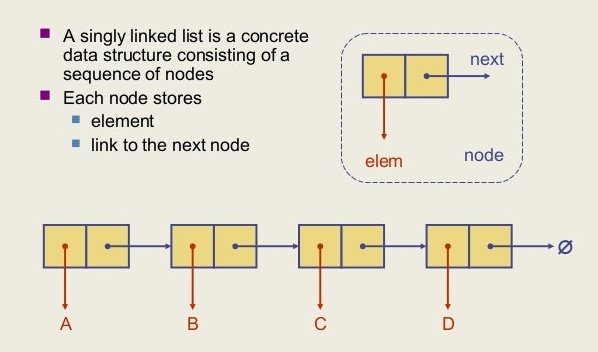SORTING & HASHING
A hash table data structure is just like an array. Data is stored into this array at specific inde by a hash function. A hash function hashes a number in a large range into a number in a smaller range. Linear search: Linear or Sequential Search is a method where the search begins at one …


